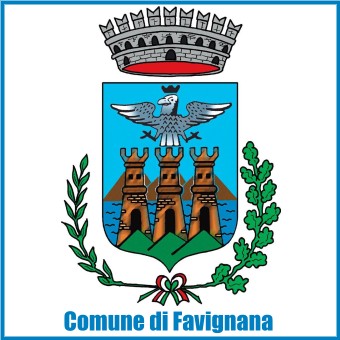 10 March 241 A.C.. Sicily became a land "western"
10 March 241 A.C.. Sicily became a land "western"
After over twenty years of naval and land battles, the Battle of the Egadi Islands marks the culmination of the first Punic War. Carthaginian is forced to sue for peace and permanently abandon Sicily.
And the 10 March 241 A.C., a momentous day for Sicily, the time when the island became a land "western", finally entering into the sphere of influence of Rome.
All this will be discussed Friday 4 May 2018 at 16,00, at the Arsenal of the Royal Navy in via Arsenale, 144 in Palermo, during the day of studies organized by the Superintendence of the Sea.
Several interventions provided.
It starts with the report of Sebastiano Tusa, Minister of Culture and Sicilian Identity, who will speak on "The Battle of the Egadi newfound", to be followed by that of Francesca Oliveri, the Superintendent of the Sea, who will discuss "Minimum Aegatium. iconographic considerations, epigraphic, etc.”.
The conference continued with the intervention of Roberto La Rocca, always the Superintendent of the Sea, who will report on "The battle of the Egadi: technical and methodological aspects of research ", Cecilia also Buccellato, the Regional Ministry of Culture and Sicilian Identity will speak on "The manufacture of the Egadi guards", and finally Stefano Zangara, the Department of Culture and Sicilian Identity, He will address the theme "The First Punic War: Roman military and commercial supremacy in the Mediterranean through new experiments applied to marine research ".
They coordinate the work Alessandra De Caro and Alfonso Lo Cascio of the Superintendent of the Sea.
The battle of the Egadi is one of those events that, by Polybius onwards, They have fueled the debate about the Punic wars, their causes and geopolitical turning point that ensued, and they have fired the imagination mostly on spectacular events of war.
The Carthaginians were besieged Amilcare the north-eastern crags of Mount Erice overlooking the city of Trapani (l’antica Drepanum). The Romans were holding firmly the western slopes and the summit, leaving in enemy hands only a corridor that gave access to the sea near present Bay of Bonagia. The situation is getting worse with the arrival of the Roman fleet occupying the waters off Drepanum and shaves Lilibeo. The entire west coast of the island remains so cut off from any connection with Carthage; Lilibeo, key sea and air hub in Sicily Punic, It remains without outlets due to the Roman block.
The Carthaginians attempt to do anything to help Amilcare closed on Mt.. In this regard, they establish a naval force to Admiral Hanno command that, game from Carthage, reach Marettimo (Hiera) where wind and sea favorable expectations for the last leap to Sicily to rescue their compatriots.
Lutatius Catulo understands the course of the Punic ships, the hiera, naturally avoiding the patrolled coast between Drepana and Lilibeo, They would back Erice, expanding the navigation beam at the northeastern entrance of the Tower of Bonagia: it was necessary to cut off the route, turning the strong south-west wind in favor of the Romans, while propitious to enemy sails, would not have, however, he lightened the heavy load of provisions in case of a surprise attack.
The clash took place in North Levanzo where the archaeological research carried out by the Superintendence of the Sea, in collaboration with private Foundation, They have highlighted the evidence now dispel all doubts about the kinetics of the battle royal.
Lutatius Catulo hid behind the high amount of Levanzo Capo Grosso and, when he saw the enemy come full sail gave orders to cut the mooring lines and set sail in a hurry to hit the enemy ships abeam. It took little to trigger confusion and dismay among sailors Carthaginians. Panicked part of the fleet returned to Carthage, part of it was destroyed or captured by Lutatius Catulo, ending the First Punic War between the Carthaginians and Romans.





























